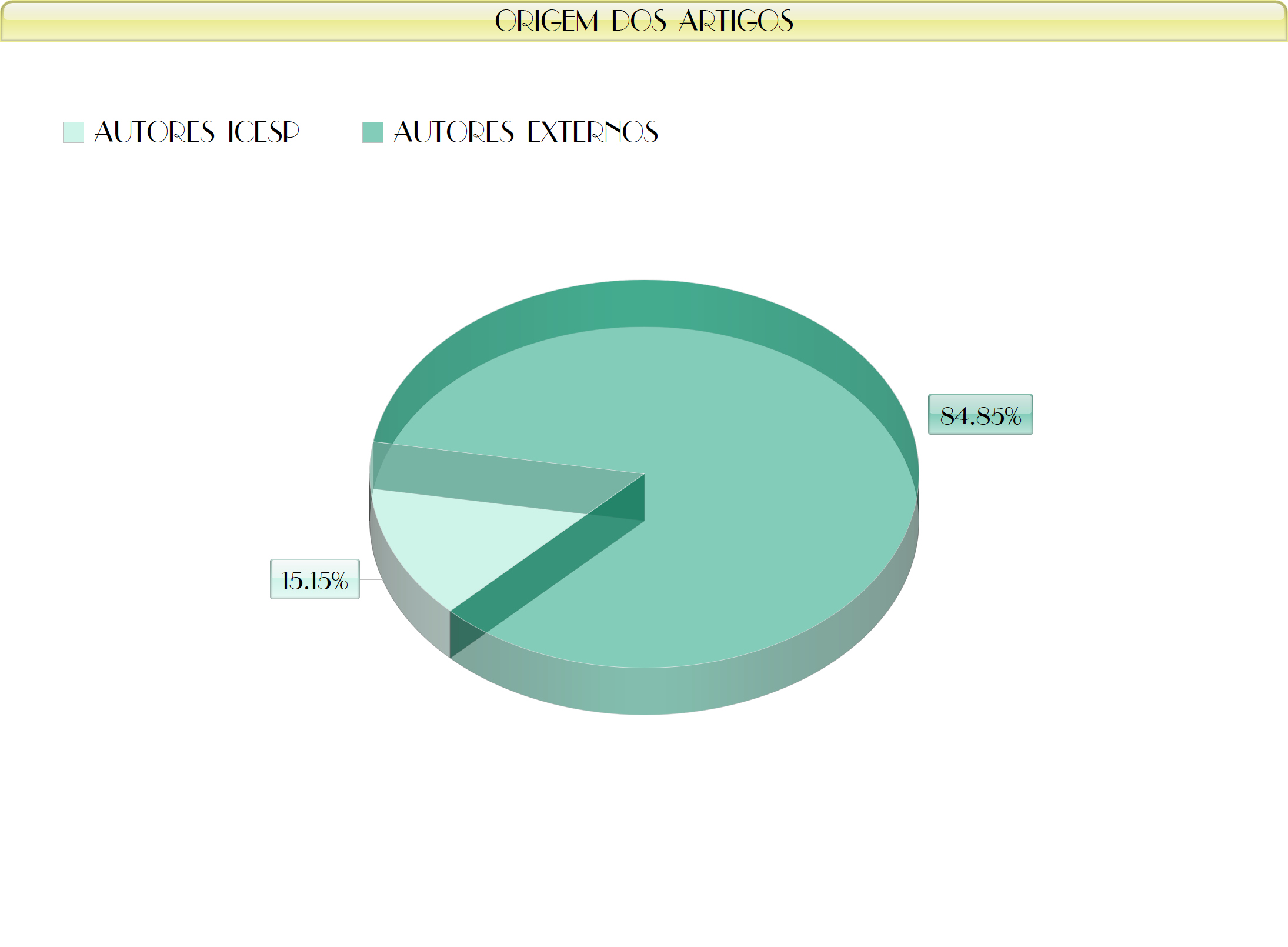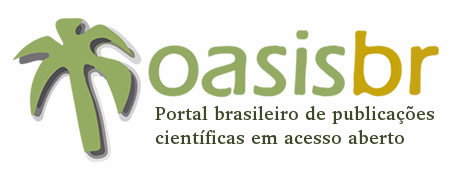Recuperação ativa não afeta o desempenho no exercício Pulley Posterior
Resumo
Resumo:
Objetivo: comparar o efeito da recuperação ativa e passiva na esteira sobre o número de repetições no Pulley Posterior. Métodos: participaram do estudo 12 homens (Idade: 21,7 ± 2,3 anos; Peso: 73,1 ± 7,4 kg; Estatura: 1,73 ± 3,7 m; Gordura%: 14,5 ± 2,9) com experiência de seis a 12 meses em treinamento de força. Foi realizado o teste de uma repetição máxima e em seguida o teste na esteira para identificar a velocidade de corrida correspondente a 60% da frequência cardíaca máxima, que posteriormente seria utilizado na situação da recuperação ativa. Após 24 horas, os sujeitos realizaram o máximo de repetições possíveis em três séries, no Pulley Posterior, a 70% da carga encontrada no teste de uma repetição máxima, com intervalo ativo ou passivo de um minuto e 30 segundos. Resultados: não houve diferença significativa no número de repetições entre as duas situações (p> 0,05). Conclusões: a recuperação ativa a 60% da frequência cardíaca máxima na esteira não afetou o desempenho no exercício Pulley Posterior.
Abstract
Objective: to compare the effect of active and passive recovery in the treadmill on the maximal repetition number in the Back Pulley exercise. Methods: participated the of study 12 healthy men (Age: 21,7 ± 2,3 years; Weight: 73,1 ± 7,4 kg; Height: 1,73 ± 3,7 m; Fat%: 14,5 ± 2,9) with experience of six to 12 month of training. Was accomplished the one maximal repetition in the Back Pulley and then the treadmill test to find the running’ velocity relative the 60% of maximal heart rate. Two days late, the volunteers performed the maximal repetition possible in three sets, in the Back Pulley, at 70% of load found in the one maximal repetition test, with active or passive interval of one minute and 30 seconds. Results: did not difference in the repetition number between the groups, active and passive recovery (p>0,05). The repetition number decreased throughout the sets, first higher than second and second higher than third (p<0,05). Conclusions: the active recovery did not decrease the performance how much repetition number in the back pulley exercise.
figshare DOI: 10.6084/m9.figshare.8198798
Texto completo:
PDFReferências
American College of Sports Medicine. Progression models in resistance training for healthy adults. Medicine Science and Sports Exercise. 2009; 41: 687-708.
American College of Sports Medicine. Position stand on the appropriate intervention strategies for weight loss and prevention of weight regain for adults. Medicine Science and Sports Exercise. 2201; 33: 2115-2156.
Kraemer WJ, Fleck SJ, Evans WJ. Strength and power training: physiological mechanisms of adaptation. Exercise, Sports and Science Review. 1996; 24: 363-97.
Prabhakaran B. et al. Effect of 14 weeks of resistance training on lipid profile and body fat percentage in premenopausal women. British Journal of Sports Medicine. 1996; 33: 190-195.
Ryan, AS et al. Resistive training increases fat-free mass and maintains RMR despite weight loss in postmenopausal women. Journal of Applied Physiology. 1995; 79: 818-823.
Fleck SJ, Kraemer WJ. Fundamentos do treinamento de força muscular. São Paulo: Manole, 1996.
Zatsiorsky VM. Ciência e pratica do treinamento de força. São Paulo, Phorte, 1999.
Fleck SJ. Cardiovascular responses to strength training: A critical review of its physiological benefits. Physician in Sports Medicine. 2002; 9: 44-60.
Martins B, et al. Efeitos do intervalo de recuperação entre séries de exercícios resistidos no hormônio do crescimento em mulheres jovens. Revista Brasileira de Medicina do Esporte. 2008; 14:171-175.
Marino FE. Anticipatory regulation and avoidance of catastrophe during exercise-induced hyperthermia Comparative Biochemistry and Physiology. 2004; Part B 139. 2004; 561–569.
Noakes TD, Gibson A St Clair. Logical limitations to the ‘‘catastrophe’’ models of fatigue during exercise in humans. British Journal of Sports Medicine. 2004; 38: 648–9.
Nybo L, Nielsen, B. Hyperthermia and central fatigue during prolonged exercise in humans. Journal of Applied Physiology. 2001; 91: 1055–1060.
Balsamo S, et al. Efeitos de diferentes intervalos de recuperação no volume completado e na percepção subjetiva de esforço em homens treinados. Revista Brasileira de Ciência e Movimento. 2010; 18(1): 35-41.
Barros CLM, Ribeiro DC, Rocha WC. Efeitos de diferentes intervalos de recuperação no número de repetições máximas. Rev Min de Ciências da Saúde. 2009; 1(1): 32-41.
Oliveira E, Gentil P, Bottaro M. O intervalo de recuperação afeta o volume da sessão de exercício resistido em mulheres? Fisioterapia e Movimento. 2009; 22(2): 239-247.
Scudese E, et al. A influência de diferentes recuperações entre as séries no treinamento de força. Revista Brasileira de Ciência e Moviment. 2011; 19; 2: 70-77.
Pollock ML, Schmidt DH, Jackson AS. Measurement of cardiorespiratory fitness and body composition in the clinical setting. Comportamental Thermal. 1980; 6: 12-27.
Docherty D, Sporer B. A proposed model for examining the interference phenomenon between concurrent aerobic and strength training. Sports Medicine. 2000; 30(6): 385-394.
Filho HT, et al. Efeitos agudos do treinamento aeróbio sobre o desempenho da força muscular. Revista Pensar a Prática. 2013; 16(2): 451-468.
Rahimi R. Effect of different rest intervals on the exercise volume completed during squat bouts. J Sports Scie Med. 2005; 4: 361-366.
Apontamentos
- Não há apontamentos.
Revista Brasileira de Pesquisa em Ciências da Saúde - RBPeCS - ISSN: 2446-5577
Indexadores:













